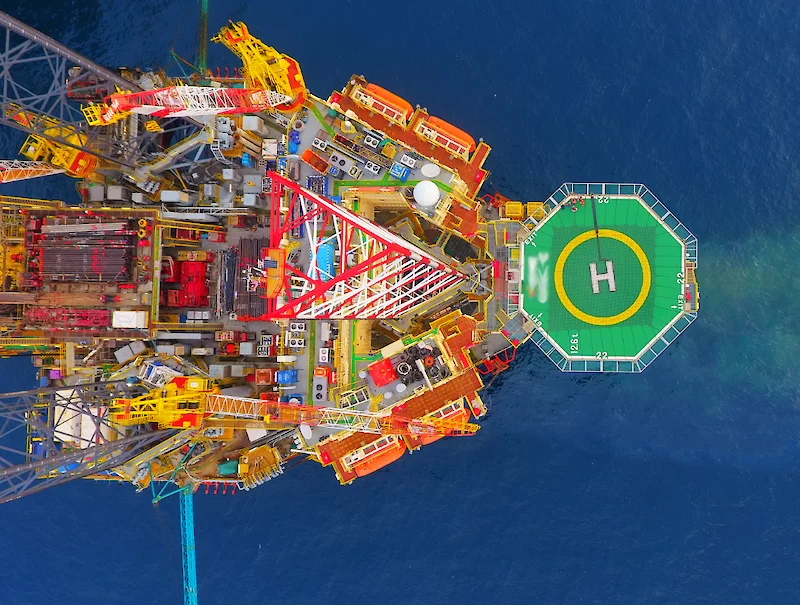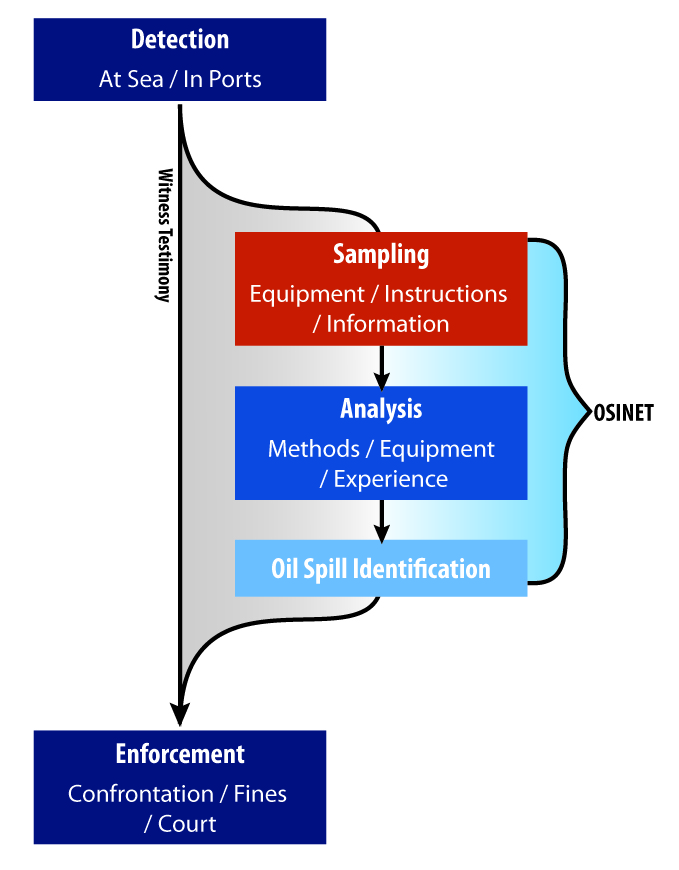Bonn OSInet
Background to OSINet
 OSINet, the Bonn Agreement oil spill identification network of experts, was set up in 2005 following difficulties encountered in identifying oil spill sources from the Tricolor accident in 2002.
OSINet, the Bonn Agreement oil spill identification network of experts, was set up in 2005 following difficulties encountered in identifying oil spill sources from the Tricolor accident in 2002.
On 14 December 2002, the Norwegian car carrier Tricolor collided with the container ship Kariba in the Dover Strait near British and Belgian waters. The Tricolor sank within minutes in the middle of a busy shipping lane. On board there were at least four different heavy fuel oils as well as marine diesel oil and lubricating oil. Two ships collided with the wreck and there were oil outflows during salvage.
The last debris from the wreck was finally recovered in 2004. But Bonn Agreement cooperation continued for several years after on the scientific work needed to underpin government claims for reimbursement of costs. The complex, weathered oily mixtures that had escaped from the Tricolor wreck led to substantial difficulties during work on oil “fingerprinting” attempting to link the oil pollution to its source. It was due to these problems that in 2005 the Bonn Agreement established the Bonn Agreement network of expert chemists specialised in oil spill identification techniques, now known as OSINet, with Dr Gerhard Dahlmann (Germany) as Convenor.
OSINet’s objectives
OSINet’s main objective is to promote cooperation and mutual assistance among experts working on difficult cases of oil spill identification. Oil spill identification had previously been undertaken by many countries working alone without coordination or any sharing of results.
OSINet agreed the following future activities:
- providing mutual assistance and co-operation in difficult cases;
- promoting quality assurance in oil spill identification. In particular to develop a common approach on oil spill identification methodology, taking into account CEN’s work (European Committee for Standardization), and report the findings to the Bonn Agreement working group OTSOPA;
- organising a BONN-OSINET annual meeting to evaluate the quality assurance work on oil spill identification and to evaluate the results of ring-tests, involving the experts of the participating laboratories; and
- developing a common database of oil sources and finding the funds to do so.
